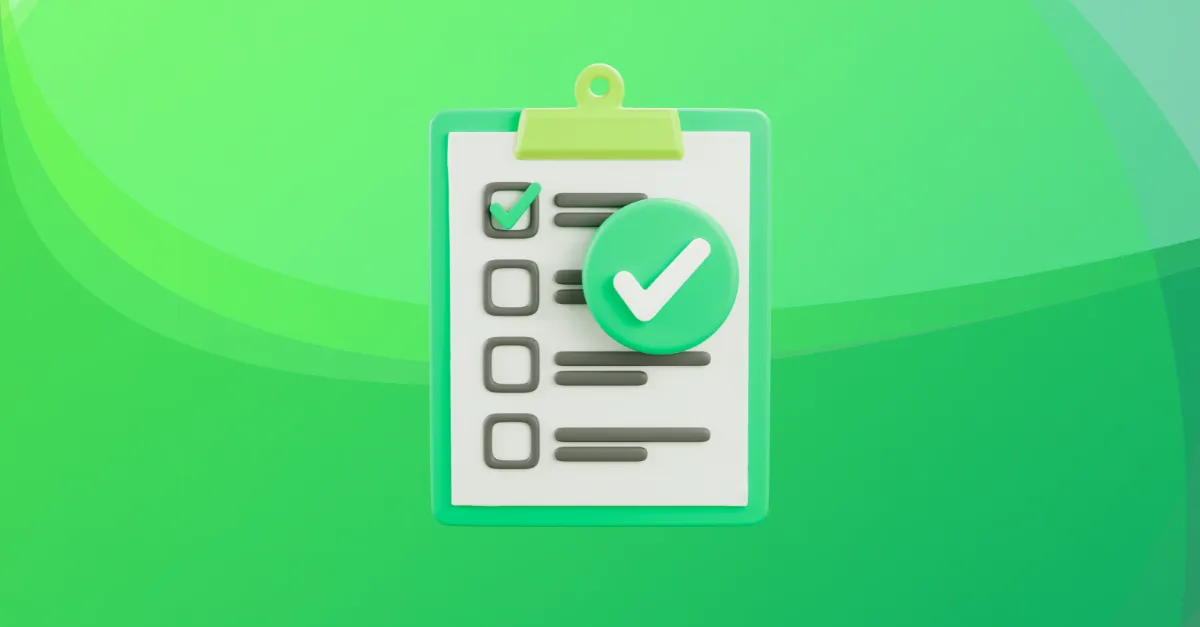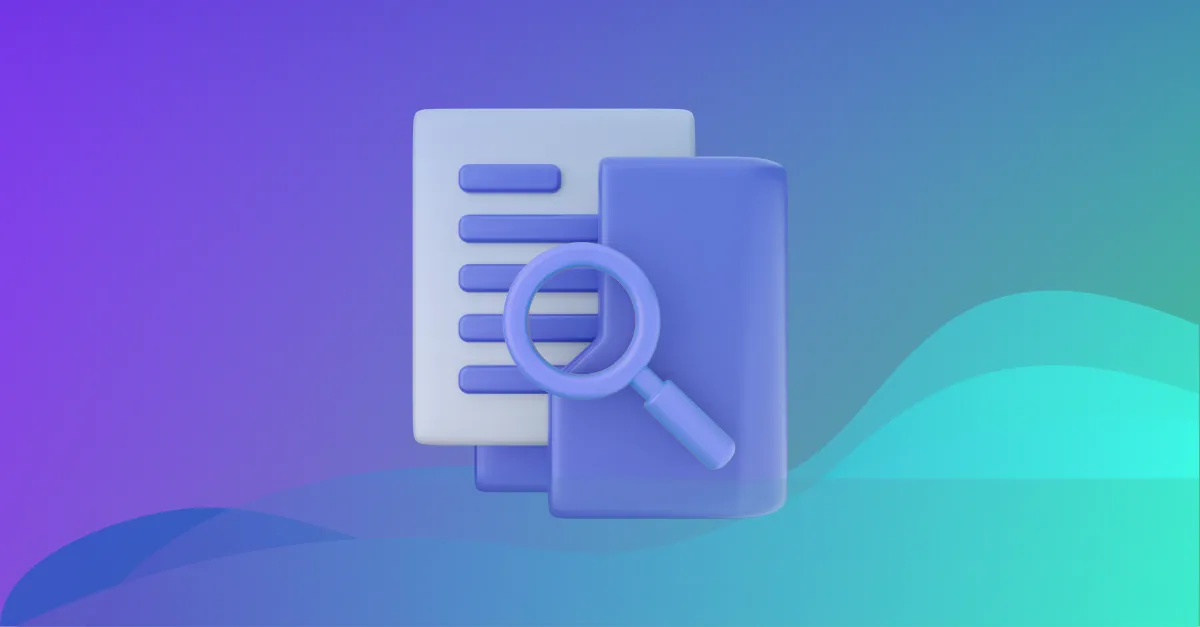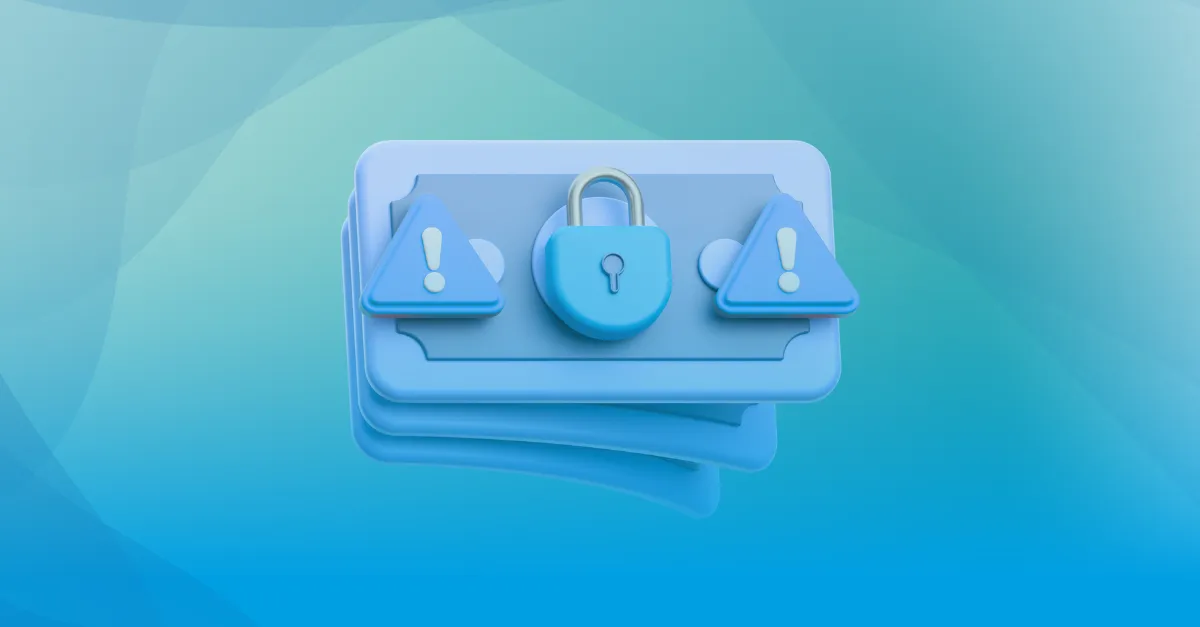
In an age where digital threats lurk around every corner of the internet, ensuring the security of your WordPress website is very crucial. With its immense popularity and open-source nature, WordPress is not immune to vulnerabilities.
From malicious attacks to data breaches, the risks are real and can have severe consequences for businesses and individuals alike. However, securing your WordPress site against such threats is not an insurmountable task.
According to W3Techs, 37.8% of all websites are powered by WordPress.
WordPress runs on open-source code and has a team of dedicated engineers to identify and fix security issues that occur in the core source code. As soon as a security vulnerability is disclosed, a security patch is immediately pushed.
That’s why managing WordPress and keeping it updated to the latest version is incredibly essential to the overall security of your website.
WordPress security vulnerabilities extend beyond the WordPress core. It is also prevalent in the themes and plugins that are being incorporated into a particular website.
As recently reported by wpvulndb, out of the 50,882 known WordPress security vulnerabilities:
95% are from WordPress plugins
2% are from the WordPress core
4% are from WordPress themes
Being an open-source platform, it attracts a lot of hackers. A hacker intends to get unauthorized access to the website on an administrator-level, either from the frontend or on the server-side.
In this blog, we’ll delve into the common vulnerabilities that WordPress faces and explore actionable steps to enhance its security posture, safeguarding your online presence and peace of mind. Join us as we embark on a journey to fortify your digital fortress and keep malicious actors at bay.
WordPress security vulnerabilities
If you maintain a WordPress-powered website or do consider using WordPress as your CMS, you should be concerned about the possible WordPress security issues. Here, I’ll outline several common WordPress security vulnerabilities:
1. Brute Force attack
Unauthorized logins are typically performed by “brute-force”. In a brute-force login, the attacker uses a tool to send multiple HTTP requests with a different combination of potential username-password combinations.
If fortunate, they will eventually get the right credentials and obtain access to the application.
The primary reason why this type of attack happens successfully on WordPress sites is because the default administrator login page of any given WordPress site is simple to find.
We can find it by appending “/wp-admin” or “/wp-login.php” to the end of the website’s main URL.
2. Cross-Site Scripting
84% of total security vulnerabilities on the whole internet are cross-site scripting attacks.
Cross-site scripting (XSS) vulnerabilities are the most common vulnerabilities found in WordPress plugins. The fundamental mechanism of cross-site scripting is that an attacker finds a way to get a victim to load web pages with malicious javascript code.
XSS mostly targets the functionality of the web page.
Hackers might try to harm visitors by posting a disguised link to a malicious website or displaying a pretended contact form to steal user information by misleading them.
WordPress plugins and themes are primarily responsible for this. If an attacker comes across an outdated theme or poorly maintained plugin on a website, they can exploit it for passage to files that compose your website’s frontend.
3. SQL injection
WordPress websites use MySQL database to operate, and Structured Query Language is used for database management.
SQL injections happen when an attacker obtains access or injects data into the database. Websites are essentially just data that is pulled from a database and displayed attractively in your browser.
The consequence of an SQL injection is very critical.
Attackers can inject SQL queries that can create new user accounts, add unauthorized content, leak, edit, or delete data.
Attackers usually make use of visitor-facing submission forms such as contact forms or lead forms to access WordPress SQL databases in the backend.
4. File Inclusion exploits
WordPress website’s PHP code is the next most popular security issue that is exploited by attackers. PHP is the server-side programming language WordPress is built on.
File inclusion exploits happen when vulnerable PHP code is used to load remote files that are in the server. File inclusion exploits are one of the most common ways an attacker can gain access to wp-config.php which is in fact the WordPress configuration file.
5. Denial-of-Service attacks
A Denial-of-Service (DoS) is a type of attack where the server is flooded with requests, eventually blocking permission to visitors including the administrators.
These attacks are often carried out from multiple machines at the same time (forming a botnet), which will hide the origin of the traffic and increase the volume of spam, also known as distributed denial-of-service (DDoS).
What makes a WordPress website vulnerable?
WordPress websites can be vulnerable to a variety of security threats due to several factors:
1. Outdated software
Failure to update WordPress core, themes, and plugins can leave your website susceptible to known security vulnerabilities. Hackers often exploit outdated software to gain unauthorized access.
2. Insecure plugins and themes
Using poorly coded or outdated plugins and themes can introduce security loopholes into your website. Hackers may exploit these vulnerabilities to execute malicious code or gain unauthorized access to sensitive data.
3. Weak passwords
Weak or easily guessable passwords make it easier for attackers to gain unauthorized access to your WordPress admin panel. This could lead to website defacement, data theft, or other malicious activities.
4. Lack of HTTPS encryption
Without HTTPS encryption, sensitive data transmitted between the user’s browser and your website can be intercepted by attackers. This leaves your users vulnerable to data theft and compromises their privacy.
5. Inadequate user permissions
Granting excessive permissions to users, such as allowing subscribers to upload files or edit themes/plugins, can increase the risk of unauthorized access and website compromise.
Addressing these vulnerabilities through proactive security measures, such as regular software updates, strong password policies, HTTPS encryption, and implementing security plugins, can significantly enhance the security of your WordPress website.
How can you prevent WordPress security vulnerabilities?
Preventing WordPress security vulnerabilities requires a multi-faceted approach that addresses various aspects of website security. Here are some effective strategies to prevent vulnerabilities:
1. Keep WordPress core, themes, and plugins updated
Regularly update WordPress core, themes, and plugins to patch known security vulnerabilities and ensure that your website is protected against emerging threats.
2. Use trusted themes and plugins
Only install themes and plugins from reputable sources such as the WordPress.org repository or trusted developers. Avoid using pirated or nulled themes/plugins, as they may contain malicious code.
3. Implement strong password policies
Enforce strong password policies for user accounts, including the use of complex passwords and regular password updates. Consider implementing two-factor authentication (2FA) to add an extra layer of security to user logins.
4. Enable HTTPS encryption
Install an SSL certificate on your website to enable HTTPS encryption, which secures the communication between your website and visitors’ browsers. This helps protect sensitive data from interception by attackers.
5. Restrict user permissions
Assign appropriate user roles and permissions to ensure that users only have access to the features and functionalities they need. Avoid granting unnecessary administrative privileges to minimize the risk of unauthorized access.
6. Secure file uploads
Implement strict file upload restrictions and validation to prevent users from uploading malicious files to your WordPress site. Use security plugins that scan uploaded files for malware and suspicious code.
7. Implement Web Application Firewall (WAF)
Use a web application firewall to filter and monitor incoming traffic to your WordPress site. A WAF can help block malicious requests and protect against common attack vectors, such as SQL injection and cross-site scripting (XSS).
8. Regularly backup your website
Implement a robust backup strategy to regularly backup your WordPress website and database. In the event of a security incident or data loss, backups can help restore your site to a previous state and minimize downtime.
9. Monitor website activity
Use security plugins or monitoring tools to track and monitor website activity, such as login attempts, file modifications, and plugin installations. This helps detect suspicious behavior and potential security threats early on.
10. Stay informed and educated
Stay updated on the latest security threats and best practices in WordPress security. Participate in WordPress forums and communities and consider attending security workshops or webinars to continuously improve your knowledge and skills.
By implementing these preventive measures and staying vigilant, you can significantly reduce the risk of security vulnerabilities and protect your WordPress website from potential threats.
Summing up
Summing up, safeguarding your WordPress website against vulnerabilities is not a one-time task but an ongoing commitment to security. As we’ve explored, WordPress websites face various threats, from outdated software to malicious attacks, but with the right approach, you can significantly reduce the risk of security breaches
By staying proactive with regular updates, enforcing strong password policies, and implementing security measures like HTTPS encryption and web application firewalls, you can secure your website’s defenses against common attack vectors
Remember, security is a collective effort, and it requires continuous attention and diligence. By prioritizing security and taking proactive steps to mitigate risks, you can protect your WordPress website and the valuable data it holds, ensuring a safe and secure online presence for yourself and your users.
![Top 20 cybersecurity consulting firms [2025] Top 20 cybersecurity consulting firms [2025]](https://beaglesecurity.com/blog/images/blog-banner-two-840.webp)



![Top 10 penetration testing companies [2025] Top 10 penetration testing companies [2025]](https://beaglesecurity.com/blog/images/top-penetration-testing-companies-840.webp)






